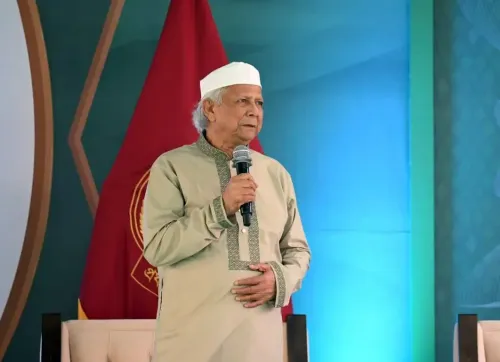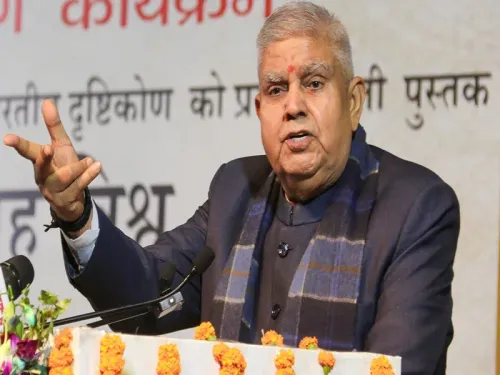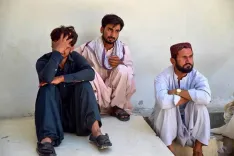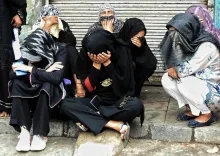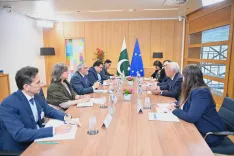Why is Demand for 'Khadi Tiranga' Soaring in Varanasi?
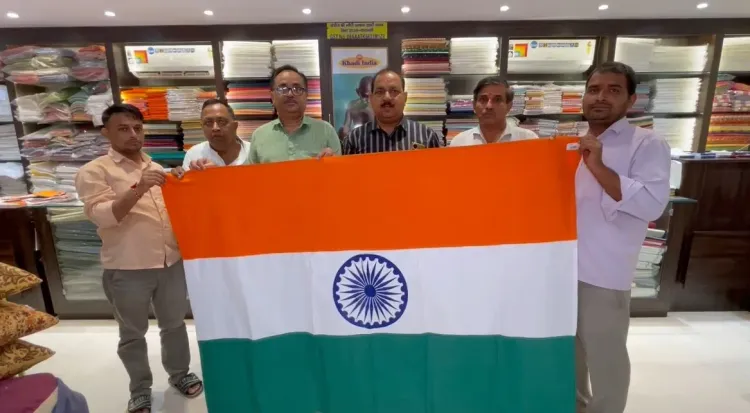
Synopsis
Key Takeaways
- Demand for Khadi flags has significantly increased in Varanasi.
- The ‘Har Ghar Tiranga’ campaign has encouraged citizens to showcase their patriotism.
- Independence Day is a time to honor the sacrifices of freedom fighters.
- Khadi flags are a symbol of India's cultural heritage and independence.
- The youth are actively participating in patriotic activities.
Varanasi, Aug 13 (NationPress) As Independence Day approaches, the nation is bustling with preparations. The BJP's nationwide ‘Har Ghar Tiranga’ initiative has heightened the sense of patriotism, particularly in Prime Minister Narendra Modi's constituency of Varanasi, where the demand for Khadi-crafted flags has seen a remarkable increase.
Local vendors report that this year's flag sales have surpassed those from prior years, as residents eagerly purchase flags to display at their homes, workplaces, and stores.
Many individuals are also acquiring them for the Tiranga Yatra and to take part in various Independence Day celebrations.
The streets and markets of Varanasi are vibrant with the colors of saffron, white, and green, enhancing the celebratory atmosphere.
In an interview with IANS, Virendra Kumar Mishra, Manager of the Regional Gandhi Ashram, shared, “Our business is thriving. The youth are particularly interested in Khadi flags. We have enough stock to cater to the rising demand.”
Pankaj Singh, a customer, expressed, "I made a special trip to purchase a Khadi flag. I appreciate its texture, and I encourage more young individuals to choose Khadi flags this Independence Day."
Independence Day commemorates India's freedom from British colonial rule after nearly two centuries of oppression.
The quest for independence reached its peak on August 15, 1947, a day dedicated to honoring the sacrifices of numerous freedom fighters and citizens who united to reclaim the nation's sovereignty.
The British presence in India commenced in 1619 when the East India Company established its first trading post in Surat, Gujarat.
After triumphing in the Battle of Plassey in 1757, the Company gained control over vast regions, ruling for almost a century before governance transitioned to the British Crown.
On August 15, 1947, India's inaugural Prime Minister, Jawaharlal Nehru, raised the Tricolour from the Red Fort in Delhi and delivered his iconic 'Tryst with Destiny' speech.
Since that moment, it has become a tradition for the sitting Prime Minister to hoist the national flag at the Red Fort each Independence Day, addressing the nation in celebration of the occasion.


